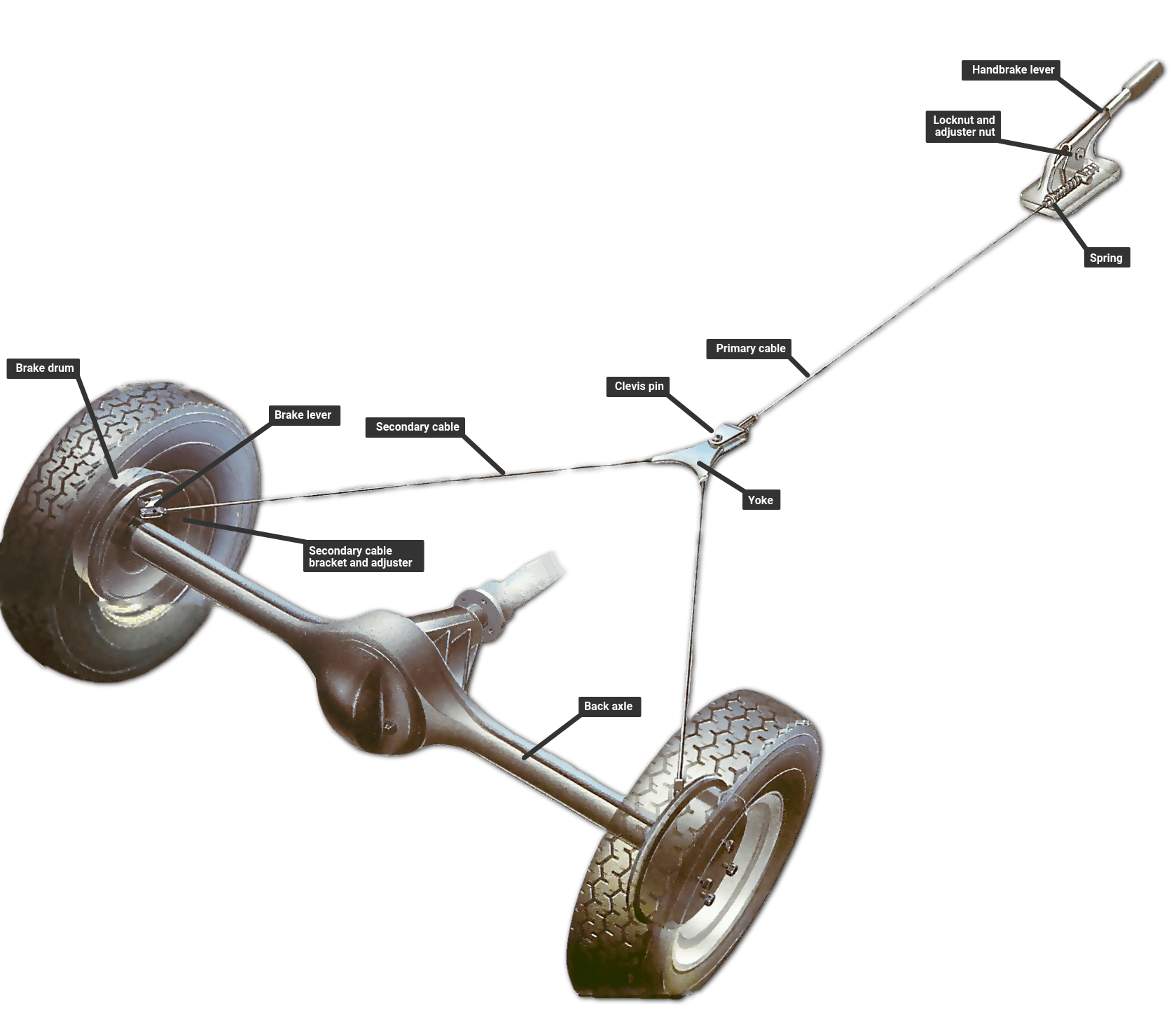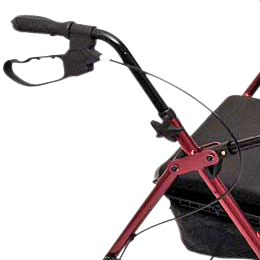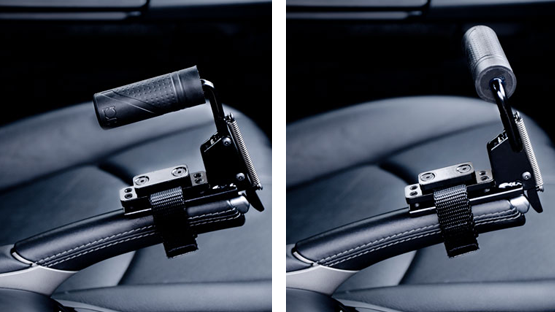

Glencore has spent most of this year trying to address investor concerns about three main issues in the DRC: a dispute with its fellow shareholder in Kamoto Copper Company (KCC), Gecamines, over recapitalisation a dispute with DRC-based investor Dan Gertler over royalty payments and a dramatic change in the DRC mining code. The electric vehicle story had renewed investor interest in Glencore because of its exposure to battery metals such as copper, cobalt and nickel, but risks to supply, particularly of cobalt, were creating a dilemma for investors.

It’s been described as Glencore’s “craft cobalt dilemma”. Some cobalt is filtering into the market from artisanal mining, where child labour is often used, leading to it being dubbed ‘the blood diamonds of batteries’.Įxane BNP Paribas said in a mid-May report that there was no way around the DRC for manufacturers of cars, iPhones and some defence equipment because the central African country holds 48% of the world’s cobalt reserves. Glencore’s cobalt mines are in the Democratic Republic of Congo (DRC), which has one of the world’s most arbitrary, corrupt and incompetent governments.Īccording to the latest Fraser Institute survey of the world’s best and worst mining jurisdictions, the DRC ranks fifth from the bottom.

In the last two years, the price of cobalt has more than trebled in anticipation of shortages.īut there is one snag. Glencore plans to grow copper output 25% to 1.6Mt, nickel 30% to 142,000 tonnes, and cobalt 133% to 63,000 tonnes by 2020. Handily, cobalt is also an essential metal for the defence industry.Ī study Glencore commissioned to analyse what metals would be needed if EVs attained 30% market share by 2030 showed it would require an additional 4.1 million tonnes (Mt) of copper, 1.1Mt of nickel, and 314,000 tonnes of cobalt. Research into substitution metals is underway, but so far nothing has been found that better extends battery life and prevents overheating.
Handbrake drc portable#
Cobalt is the most expensive material in the portable lithium-ion battery used in smartphones and electric vehicles (EVs), now representing about half of the market for the metal.


 0 kommentar(er)
0 kommentar(er)
